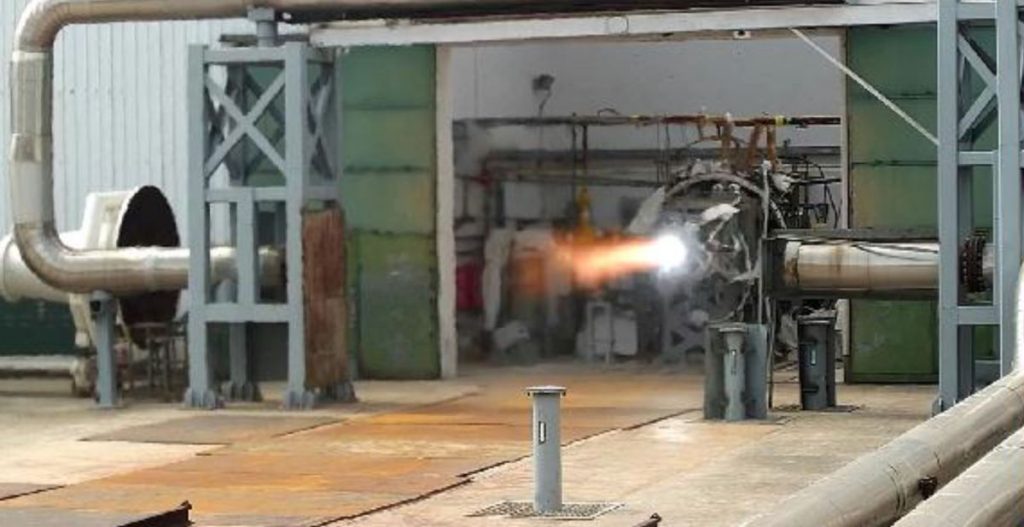China has successfully conducted a hot-fire test of a new engine that will help power a next-generation rocket capable of launching astronauts to the moon.
“The long-distance and multiple ignition tests of the engine have been successfully completed, indicating that it is ready to enter the next stage of prototype sample development,” the state-run media outlet Xinhua reported this month (opens in new tab).
The test examined the engine’s key technologies, components and performance, the reliability of the ignition system and a real-time fault diagnosis system, according to officials (opens in new tab) with the China Aerospace Science and Technology Corporation (CASC), the country’s state-owned main space contractor, which is developing the liquid hydrogen-liquid oxygen rocket engine.
Related: The latest news about China’s space program
China released a space white paper earlier this year outlining key tasks for the next five years (2021-2025) that included language indicating that the first liftoff of a new crew launch vehicle would take place before the end of the period.
The first version to be tested will be a two-stage rocket capable of sending a next-generation crew spacecraft to China’s Tiangong space station.
The larger, three-stage version — which will include the new engine — will be able to send a larger variant of the next-gen crew spacecraft to the moon, potentially before the end of the decade.
Follow us on Twitter @Spacedotcom (opens in new tab) or on Facebook (opens in new tab).

